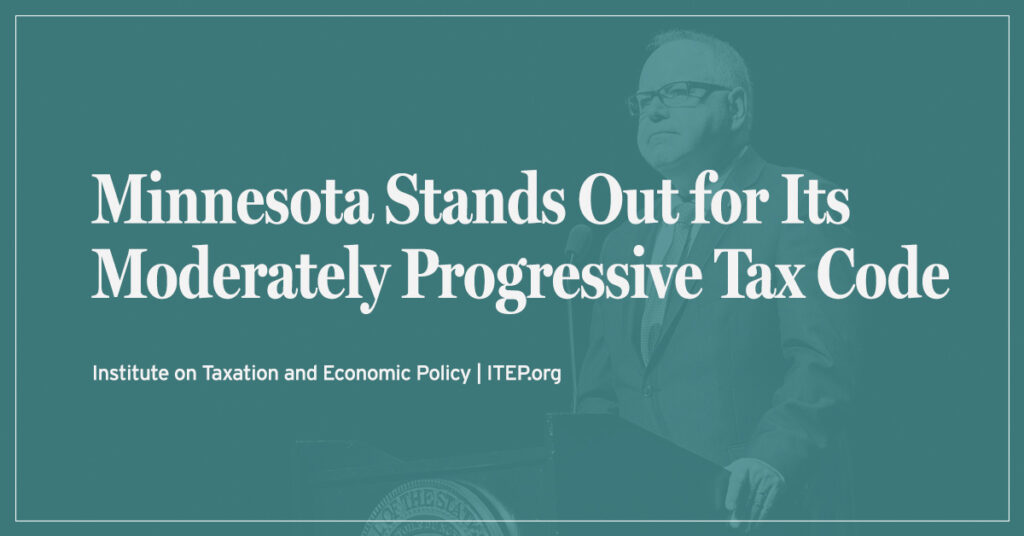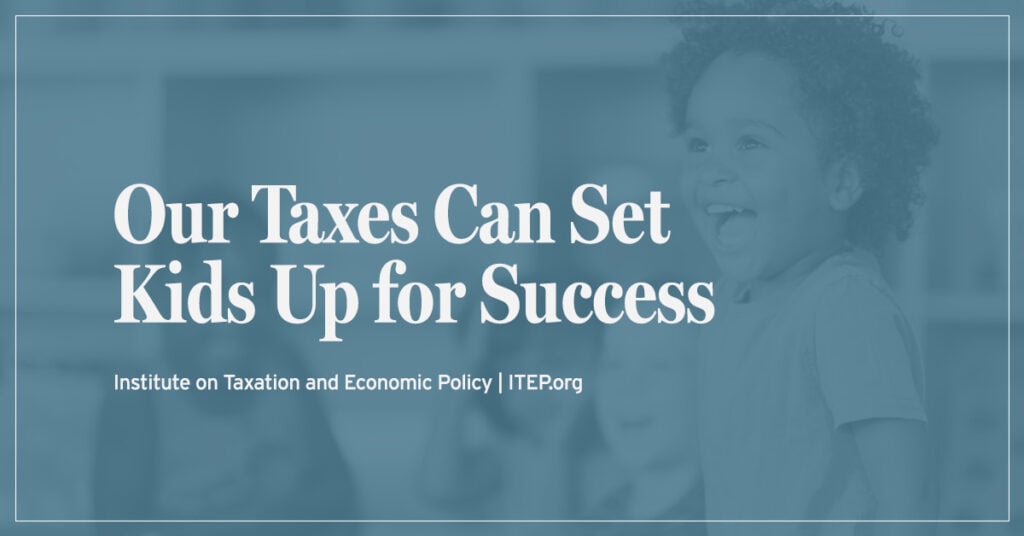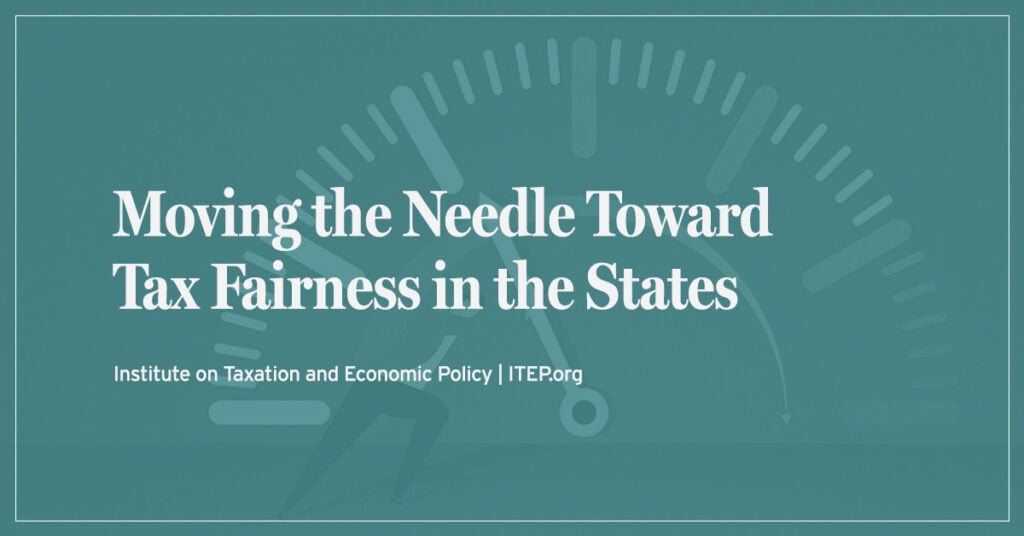By Sharon Schmickle | Wednesday, May 12, 2010
Sure, you’ve heard it before: Gov. Tim Pawlenty vetoes yet another DFL bid to close the state’s budget chasm by raising income taxes on high earners.
But the tax issue has many lives in this election year when the Independence Party’s gubernatorial endorsee, Tom Horner, has joined DFL candidates in saying some form of a tax hike is overdue.
So you can think of Tuesday’s veto as a new beginning, not the end of the tax debate.
It helps set the field for a lively race on major tax choices: 1) no new taxes, 2) expand sales taxes, 3) raise taxes on highest incomes or 4) continue pushing the budget pressure down to the property-tax level.
Context is useful here.
Minnesota’s current mix of state and local taxes has weighed heaviest on families in the middle of the income range — earning about $40,000 to $62,000 in 2007, according to analysis by the Institute on Taxation and Economic Policy which has offices in Whitewater, Wis., and Washington, D.C.
When all taxes were tallied, the highest earners got off the easiest, paying 6.6 percent of their incomes, while that middle group was taxed 10 percent and the lowest earners paid 9.2 percent.
Tax clothing?
Among the options facing the state, one is extending sales and excise taxes — a move favored by Horner, some DFLers and some business leaders.
Minnesota is one of only five states that still exempt clothing from the sales tax, said Thomas Bakk, the DFLer from Cook who chairs the Senate Tax Committee. (Actually the number of states with no tax on clothing is higher if you also count the five states that have no sales tax at all.)
Nixing the clothing exemption could bring in $257 million during the fiscal year that begins in July, according to analysis [PDF] by the Minnesota Department of Revenue.
One argument against the sales tax is that it generally is regressive. Low-income families pay a bigger share of their incomes in sales taxes.
When it comes to clothing, though, that rule may not hold true.
“People with higher incomes buy more clothing and more expensive clothing,” Bakk said.
Significant sums also could be raised by extending the sales tax to cover services like car repair and legal work.
The Governor’s 21st Century Tax Reform Commission — a blue-ribbon panel of corporate executives and other experts — called [PDF] last year for limited expansion of the sales tax.
The commission’s report also said that raising the cigarette tax by $1 a pack could yield the state an additional $147 million while ultimately resulting in “lower health-care costs for the state and for businesses that provide health care to their employees.”
Taxing highest incomes
News reports aptly used the term “exercise in futility” to describe the DFL’s bid on Monday to raise income taxes on the top 125,000 earners. Pawlenty’s veto was a given.
The state would have gained $435 million from the DFL tax proposal, which had as its main pillar a plan to create a fourth tax bracket for incomes higher than $113,000 for a single taxpayer and $200,000 for couples.
At least 12 other states — including Wisconsin and North Dakota — have created tax brackets on incomes higher than $100,000, according to the Federation of Tax Administrators. [PDF] Their ranks are likely to grow this year as most states also struggle with massive deficits.
Five states — California, Hawaii, New Jersey, Oregon and Rhode Island — have higher rates on upper brackets than the 9.15 percent that was proposed in Minnesota. The highest rates are 11 percent in Hawaii (on incomes of $200,001 and higher) and Oregon (on incomes of $250,000 and higher).
Pawlenty may have killed this option for this session. But look for former Sen. Mark Dayton to push hard on it during his DFL gubernatorial primary campaign. “Read my lips, ‘Tax the rich,’ ” Dayton says on his campaign website.
Meanwhile, see this MinnPost report on the question of whether legislative leaders have a “Plan B” for balancing the budget this year.
Putting the squeeze on property taxes
Whether or not politicians in St. Paul will admit it, Plan B until now has been to kick the problem downstairs by slashing aid to local governments.
At a result, Minnesota homeowners collectively have paid more in each recent year in property taxes — even through the Great Recession and punishing waves of foreclosures, according to the Revenue Department. The increases — 5.7 percent in 2008 and 3 percent in 2009 — outpaced inflation.
Taxes collected this year on homestead properties are projected to decline slightly in tandem with home values and new construction.
But the long-term trend has been for cities and counties to lean harder on property owners to pay for libraries, cops and street maintenance. For example, from 1999 to 2008 city revenues derived from property taxes jumped 102 percent as cities received less state and federal aid, according to the Office of the State Auditor.
That shift could be seen as healthy in that it places responsibility for the tax decisions close to home.
Punishing at the wrong time?
State Auditor Rebecca Otto doesn’t see it that way, though. She argues that the shift unwisely punishes taxpayers at precisely the wrong time.
Take the homeowner who has lost a job. The property tax is blind to his or her plight.
“This is a dangerous road to go down,” Otto said. “We don’t want to force people out of their homes. … Because of our economic downturn, because of our foreclosure crisis, I believe that putting more emphasis on the property tax is the wrong direction to go.”
In one dire scenario, the full brunt of the state’s fiscal failures could shift to property taxpayers. DFLers warned this week that the state Constitution requires Otto to automatically raise property taxes across the board if the state borrows to cover its bills and can’t pay back the money.
The mechanisms by which that would happen are complex. Otto said she doesn’t know that the provision ever has been exercised.
What she could say while her office researches the prospects is that the danger is not imminent.
“The threat of this having to be used is not there right now,” she said.
Still, she didn’t rule it out entirely.
“It’s like being struck by lightning,” she said. “There’s a chance if certain factors lined up in a certain way.”
Sharon Schmickle reports on the economy, science and other topics for MinnPost.





